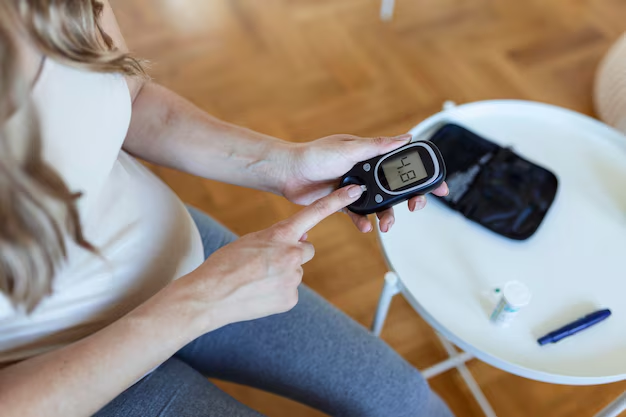Can Type 2 Diabetes Be Reversed? Here's What You Need to Know
When you or someone close is diagnosed with Type 2 diabetes, it's natural to wonder if there's a way to bring blood sugar levels back to normal without lifelong dependency on medication. The question often arises: Can Type 2 diabetes actually be reversed? The answer, while complex, is cautiously optimistic for many people.
Understanding Diabetes Reversal
Type 2 diabetes is a chronic condition affecting the way the body processes blood sugar (glucose). Traditionally, managing this condition involves medication, healthy eating, and regular physical activity. However, recent studies and patient experiences have suggested that reversal — defined as maintaining normal glucose levels without diabetes medication — is possible for some individuals.
Factors Contributing to Reversal
The core strategy for achieving reversal lies in significant lifestyle changes:
Diet: Adopting a low-calorie, low-carbohydrate diet can lead to rapid weight loss, which is crucial for reducing fat around the liver and pancreas. This can restore normal insulin production.
Exercise: Regular physical activity helps in maintaining a healthy weight and improves insulin sensitivity.
Weight Loss: Achieving and maintaining significant weight loss is often the main driver behind diabetes reversal. Clinical studies have demonstrated that losing 10-15% of body weight can significantly impact blood sugar control.
While these strategies offer a path to potential reversal, individual results can vary, and not every case of Type 2 diabetes can be fully reversed. Factors such as the duration of diabetes and existing complications can influence the likelihood of successful reversal.
Government Aid and Financial Assistance
Committing to lifestyle changes can be costly, especially if you're considering new diets, exercise programs, or even medical interventions. Luckily, there are government aid programs and financial assistance options available to support individuals on this health journey.
Financial Solutions Available
Medicaid and Medicare: These programs can provide medical assistance for those who qualify, helping cover the costs of diabetes management and weight loss programs.
Supplemental Nutrition Assistance Program (SNAP): For those with financial constraints, SNAP provides food-purchasing assistance to ensure you have access to healthy and fresh foods.
Prescription Assistance Programs: These programs, sometimes offered by pharmaceutical companies, help reduce the costs of medications needed to manage or potentially reverse diabetes.
Health Savings Accounts (HSAs) and Flexible Spending Accounts (FSAs): These can be used to pay for health-related expenses such as weight loss programs and nutritional counseling, providing a tax-advantaged way to handle medical costs.
Credit Card Solutions: Some companies offer special health-focused credit cards that can be used to cover medical expenses with lower interest rates or flexible payment options.
Moving toward potentially reversing Type 2 diabetes is a commendable goal. But, it’s crucial to consult healthcare providers to construct a plan that’s safe and effective for you.
Financial Assistance Programs and Solutions 📋
- 🌟 Medicaid/Medicare: For eligible medical costs.
- 🍏 SNAP: Helps with nutritious food purchases.
- 💊 Prescription Assistance: Lower medication costs.
- 💳 HSAs/FSAs: Tax-advantaged health expenses.
- 🏦 Health-focused Credit Cards: Low-interest medical spending.
Taking control of diabetes is a multifaceted journey. While there's no guaranteed solution to reverse diabetes, the combination of lifestyle changes and financial assistance can help you manage your health effectively.
